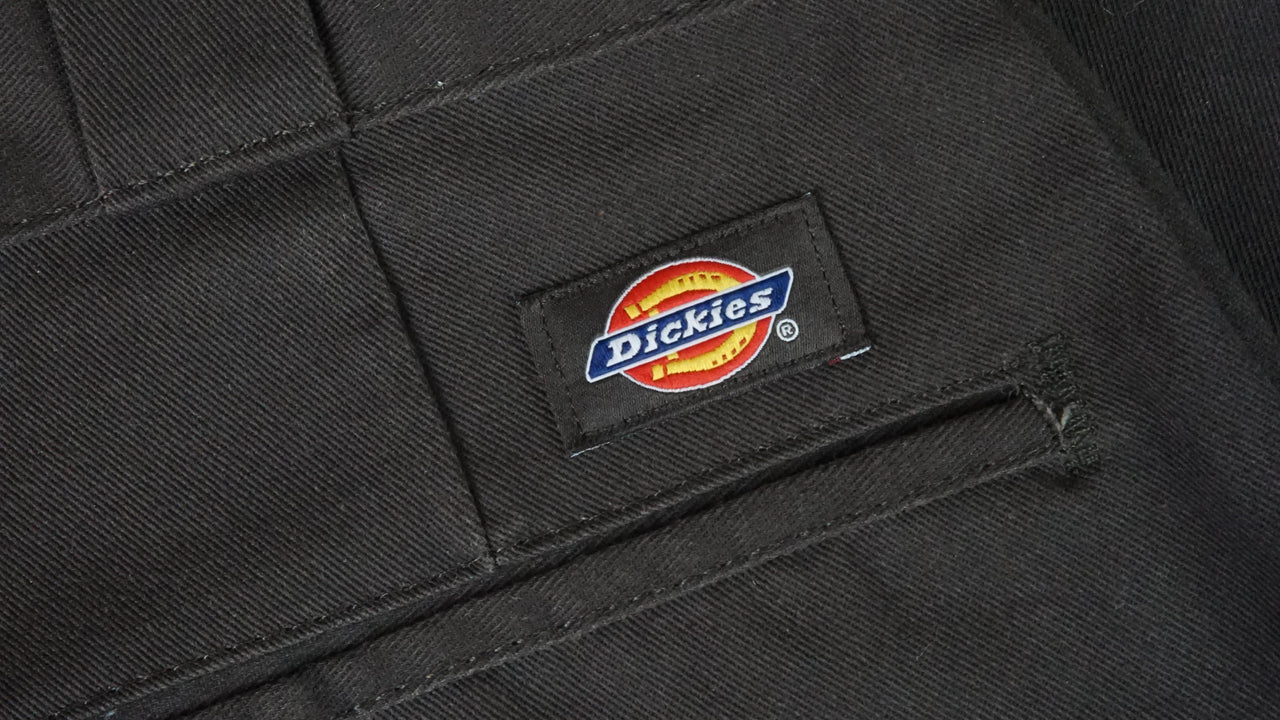Vintage clothing has an undeniable charm and character that sets it apart from modern fashion. Whether you’ve just started collecting or have an extensive wardrobe, knowing how to properly care for and preserve your vintage clothing is essential. This guide will help you keep your treasured pieces looking their best for years to come.
Understanding the Fabric
One of the first steps in caring for vintage clothing is understanding the types of fabrics you’re dealing with. Different fabrics require different care techniques:
- Cotton and Linen: These natural fibers are durable but can shrink if washed in hot water. Hand washing in cold water or using a gentle machine cycle is best.
- Silk: Silk is delicate and should be hand washed or dry cleaned. Avoid exposing silk to direct sunlight to prevent fading.
- Wool: Wool garments should be hand washed in cold water or dry cleaned. Lay wool items flat to dry to prevent stretching.
- Synthetic Fabrics: Polyester and nylon are more resilient but can still benefit from gentle washing. Avoid high heat when drying these fabrics.
By understanding the specific needs of each fabric, you can prevent damage and extend the life of your vintage pieces.
Proper Storage Techniques
Storing your vintage clothing properly is crucial for preservation. Here are some tips to keep in mind:
- Hanging vs. Folding: Use padded hangers for garments like dresses and coats to maintain their shape. Fold knitwear and heavy items to prevent stretching.
- Storage Location: Store your vintage clothing in a cool, dry place. Avoid basements and attics where temperature and humidity levels can fluctuate.
- Garment Bags: Use breathable garment bags to protect items from dust and pests. Avoid plastic bags as they can trap moisture and lead to mildew.
Cleaning Your Vintage Clothing
Regular cleaning is essential, but it must be done carefully to avoid damaging delicate fabrics. Here are some cleaning tips:
- Spot Cleaning: For minor stains, use a gentle stain remover and a soft cloth. Test the cleaner on an inconspicuous area first.
- Hand Washing: When hand washing, use a mild detergent and avoid wringing the fabric. Gently press out excess water with a towel.
- Dry Cleaning: For more delicate or heavily soiled items, professional dry cleaning is often the best option. Make sure to choose a cleaner experienced with vintage garments.
Repair and Maintenance
Small repairs can go a long way in maintaining the integrity of your vintage clothing. Here are some basic repair tips:
- Sewing: Learn basic sewing techniques to fix loose seams or small tears. Use a needle and thread that match the fabric color.
- Buttons and Zippers: Replace missing buttons or broken zippers promptly to avoid further damage.
- Patching: For larger holes, consider adding a patch that complements the garment’s style. This can add a unique touch while preserving the item.
Protecting Against Pests
Pests like moths can cause significant damage to your vintage clothing. To protect against them:
- Cedar and Lavender: Use cedar blocks or lavender sachets in your storage areas. These natural repellents can help keep moths at bay.
- Regular Inspection: Check your garments regularly for signs of pests. Early detection can prevent extensive damage.
Rotate Your Wardrobe
Wearing and rotating your vintage pieces can actually help preserve them. Regular use keeps fabrics flexible and prevents creases from becoming permanent. Just be sure to follow proper care routines after each wear.
Conclusion
Caring for and preserving your vintage clothing collection requires a bit of extra effort, but it’s well worth it to keep your garments looking beautiful and timeless. By understanding the needs of different fabrics, storing items properly, and handling cleaning and repairs with care, you can enjoy your vintage treasures for many years to come. For those looking to expand their collection, be sure to check out our wide range of vintage clothing and vintage accessories available on our website. Happy collecting!
